Fitbit Inspire 3 vs Inspire 2: What’s new?
Is Fitbit’s next-generation fitness tracker really that much better? Here’s everything you need to know about the Fitbit Inspire 3 vs Inspire 2.
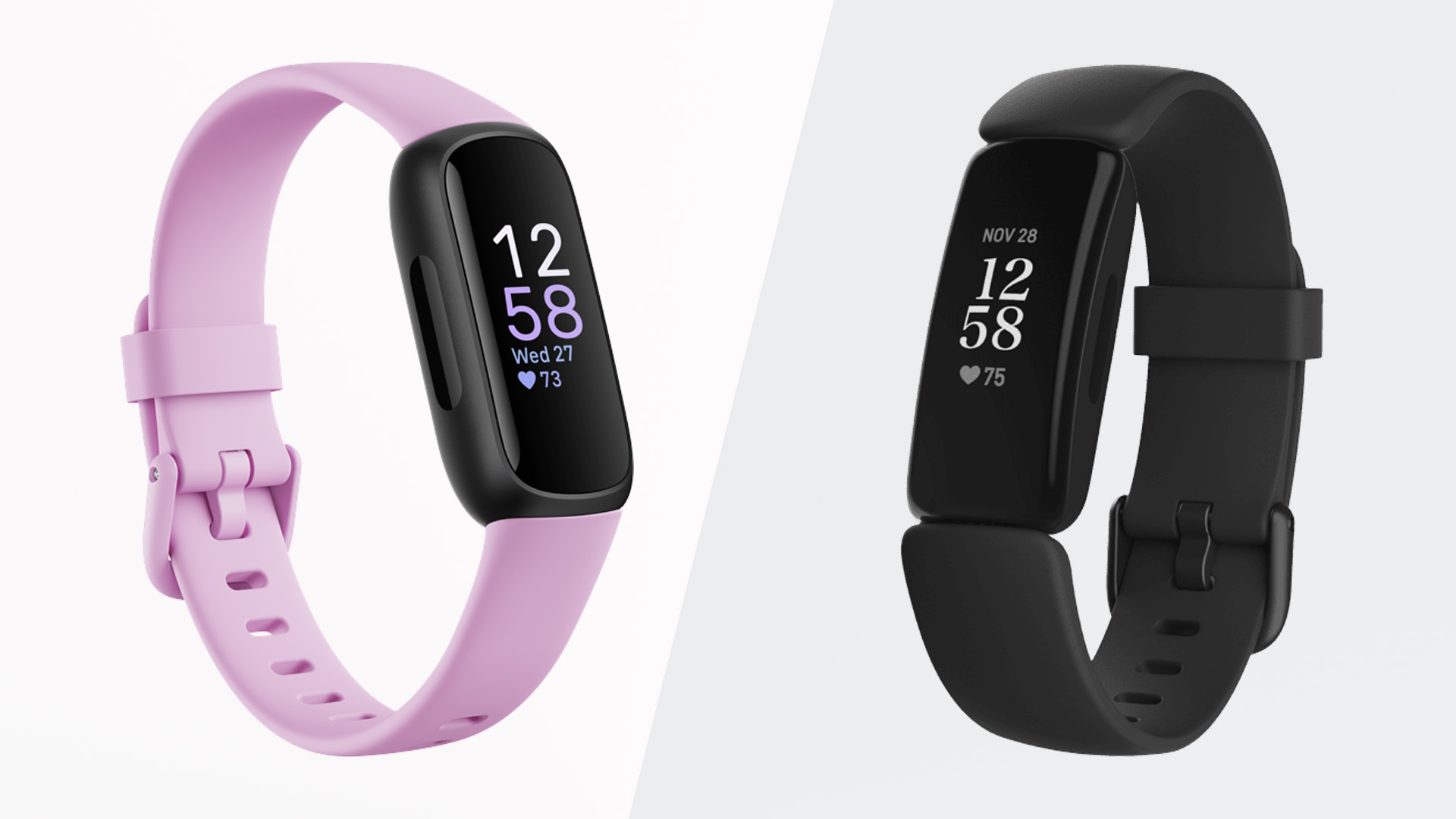
If you're looking to invest in one of the latest fitness trackers this Black Friday, you may be considering one of the latest models from the industry giant Fitbit. But which of these handy fitness gadgets is truly worth the money? Well, the Fitbit Versa 4 and Sense 2 don't add all that much to their predecessors' powers. However, the Fitbit Inspire 3 is a generational leap ahead of the Fitbit Inspire 2.
It's one of the best fitness trackers around, particularly if you want a low-fuss tracker with a long battery life that you can forget you're wearing at times.
So should Fitbit Inspire 2 owners consider upgrading? And should you still buy the old model if you find it at a compelling price? We'll look at the reasons to consider in this Fitbit Inspire 3 versus Inspire 2 comparison.
Price and availability
The Fitbit Inspire 3 arrived in September 2022, two years after the Inspire 2, released in September 2020.
Their original prices were very similar. The Inspire 2 cost $99.99/£89.99 at launch, while the Inspire 3 cost $99.99/£84.99.
However, these days you can find the Inspire 2 online for around half its original cost.
Design and display
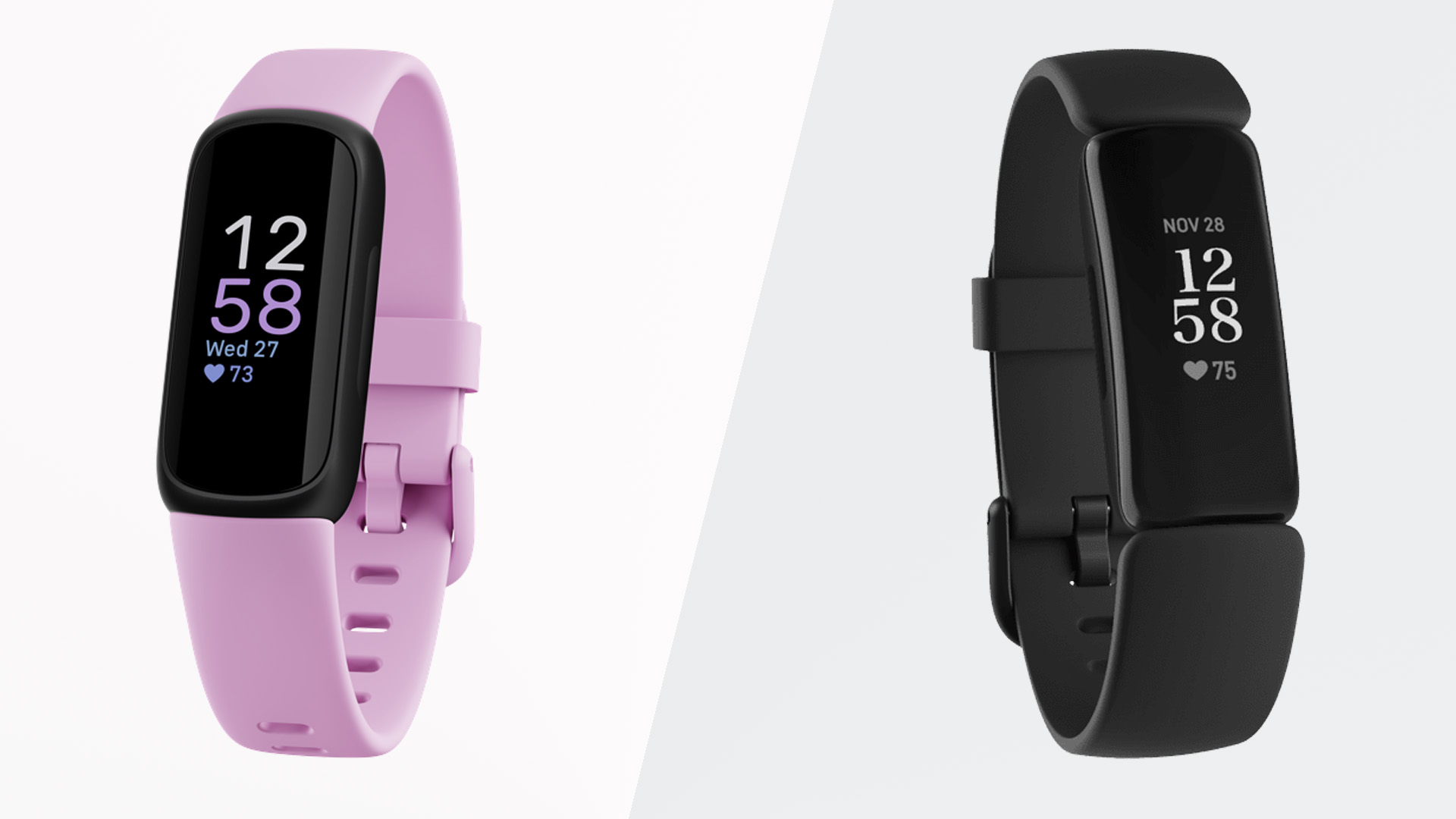
The Fitbit Inspire 3 has had a big visual upgrade over the Inspire 2, with the older version looking a little cheap and basic next to the new one in our opinion.
While the Inspire 3 is no masterwork, the way the strap pieces interface with the body of the tracker is much slicker, and we are fans of the new orange and lilac colors Fitbit has used for this generation.
Plenty of the essentials of the build are the same, though. Both have plastic casings and silicone strap pieces and use toughened glass protection for the display.
Only the Fitbit Inspire 3 can pull off the neat trick of matching the strap color to the color accent of the default clock display, though, because the Inspire 2 has a simple monochrome screen.
This new color screen is the clearest upgrade the Inspire 3 offers. While the screens are of a similar size (0.72 inches for the Inspire 2 and 0.76 inches for the 3), the new panel is light years ahead.
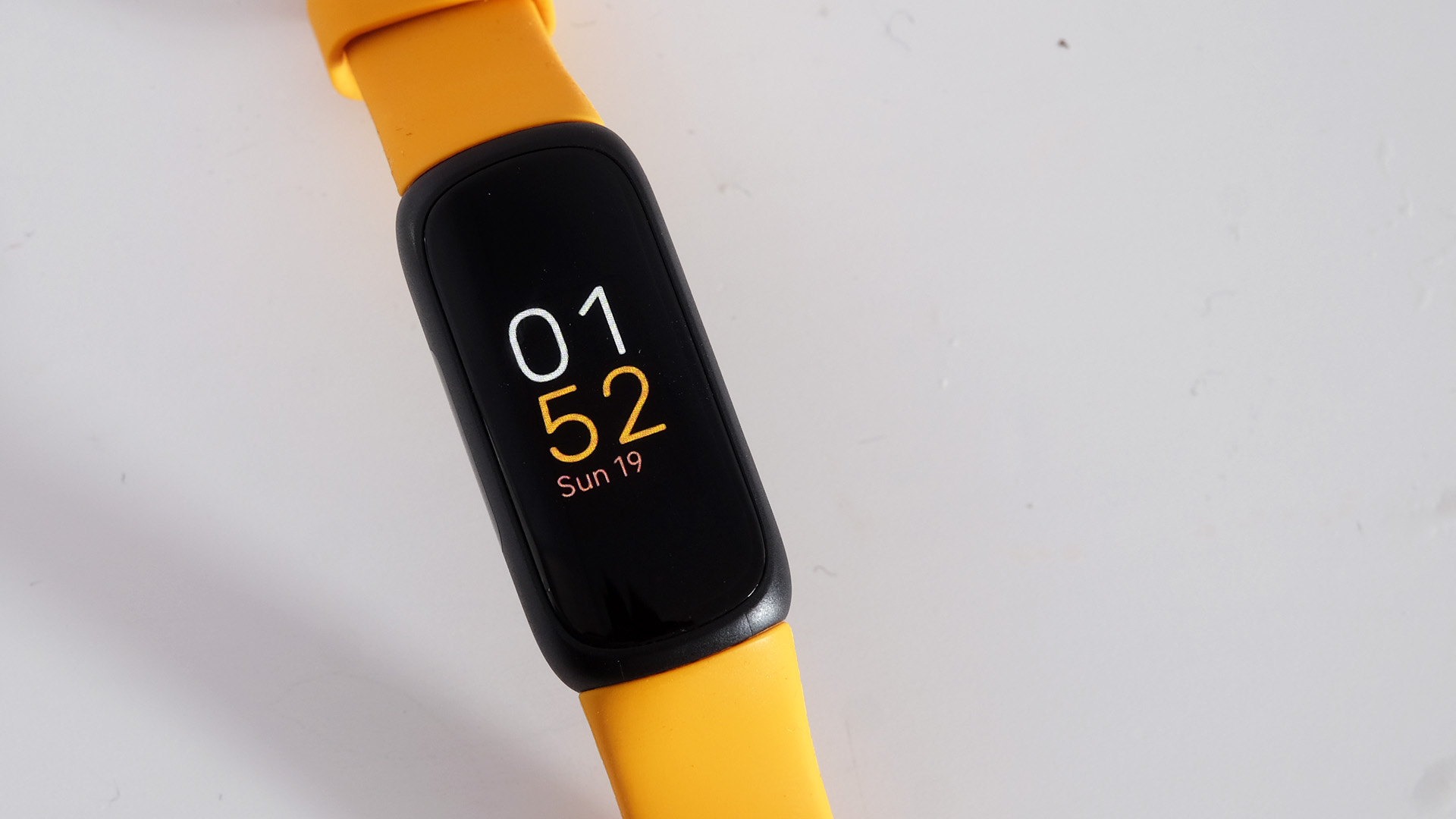
The Inspire 3’s 206 x 124 pixel resolution looks far sharper than the 126 x 36 of the Inspire 2. The colour OLED also gives the watch a clearer sense of personality. And, crucially, it's also far brighter.
We found the Inspire 2 can struggle with display visibility outdoors on brighter days, which isn't really an issue in the Inspire 3. This is very important if you want to look at distance or pace stats while you go for a run.
The Inspire 3 also has an ambient light sensor, used to increase brightness during outdoor activity automatically, and bring it back down when indoors in a dimmer environment. There's an "always on" option too, missing in the Inspire 2. This shows the clock face all day long, so you can casually glance at your tracker to see the time.
Features
While there are some feature gaps between these two models, the differences are not all that dramatic because the Inspire 2 and Inspire 3 have the same goal: They want to be easygoing, low maintenance trackers — not for marathon runners who want training guidance.
They both measure your heart rate throughout the day and can automatically register when you go for a walk or run. The Inspire tracks your sleep, counts your steps and offers exercise modes you start manually. These show you mid-workout stats on-screen, and the outdoors ones use connected GPS to log your location throughout.
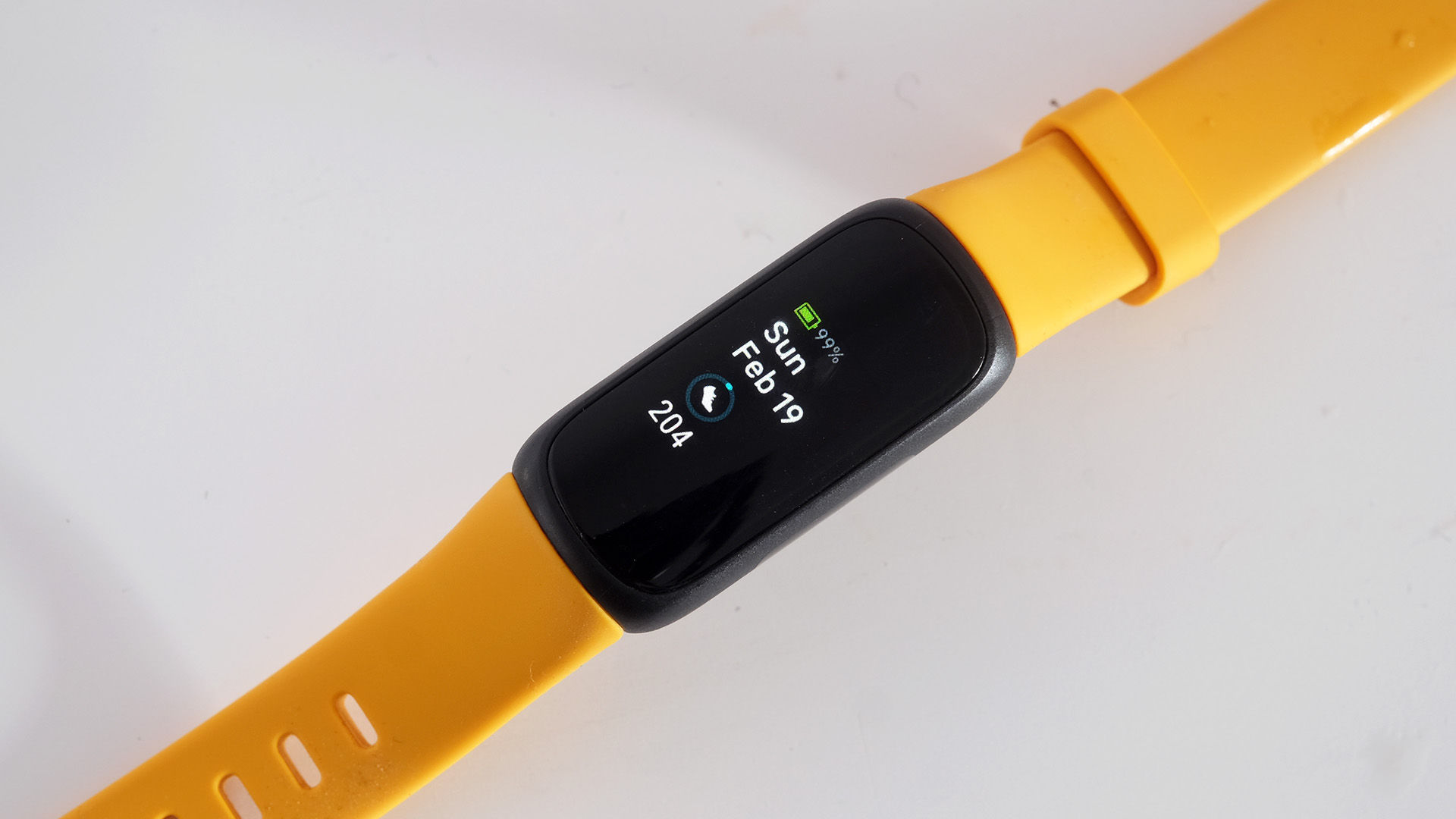
The Fitbit Inspire 2 and 3 don't have their own GPS chips. Connected GPS uses location data from your phone, beamed over to the watch using Bluetooth. If you want a real fitness watch-style experience for workouts, you will need to carry your phone.
These watches have a vibration motor too, which is used for alarms and timers. They can also receive notifications from your phone, which is handy for checking emails or messages without getting your phone out. However, these look much better on the Fitbit Inspire 3's sharper screen.
Straight-up new features are provided by the next-generation heart rate hardware. Take a look at them side-by-side and you'll see the Inspire 2 has two little light sensors, while the Inspire 3 has three. This is because the newer tracker can also measure blood oxygenation (spO2) as well as heart rate, which involves analyzing the amount of red and infrared light reflected back onto these sensors.
Performance
As in other areas, the difference between these two fitness trackers is less about what they can do and more about how they feel to use.
Both generations provide good battery life. Fitbit rates them both at 10 days, and as there is no GPS to drain it rapidly you are only likely to see significantly less than that if you use phone notifications.
If notifications are coming to the watch all day, the screen will spend more time lit, and the vibration motor will get a workout. The Fitbit Inspire 3 also offers the option to use the "always on" display mode, which roughly halves battery life to around five days.
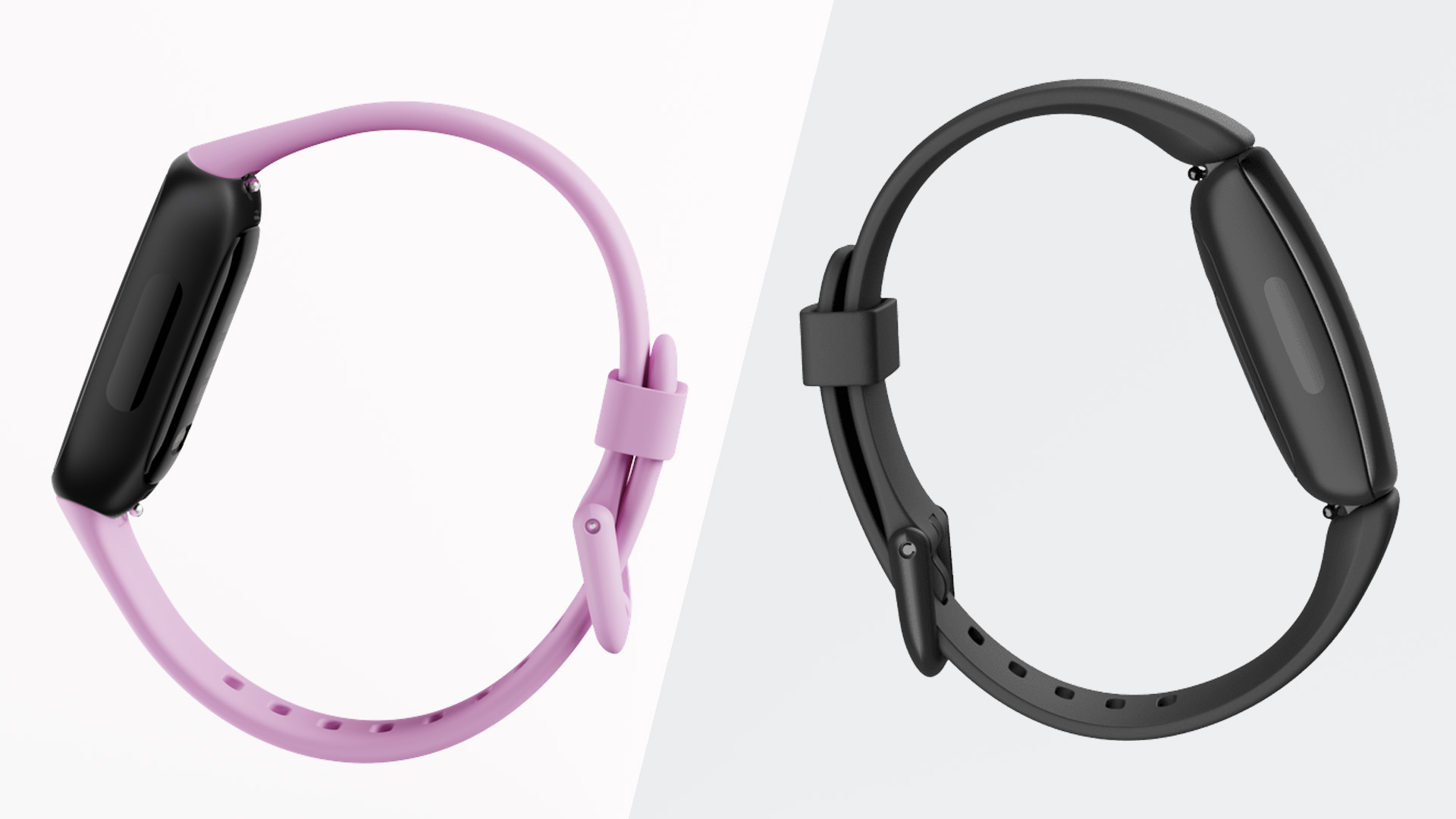
While none of this is class-leading, it is enough to avoid battery life headaches that are common among smarter wearables.
Our impression of how suitable these trackers are for more serious athletes stands for both models too. If you care about stat accuracy or are going to track runs most days, you probably want a watch with its own GPS.
The Inspire 2 and 3 heart rate accuracy is a bit patchy during exercise. They tend to struggle to give accurate readings in the first stages of a workout, and don't really have the ability to cope with tough interval workouts where your heart rate changes frequently. They perform okay with walks and jogs where there's a certain level of consistency, though.
Verdict
We find the Fitbit Inspire 3 a far more likable fitness tracker than the Inspire 2. Its display is sharper and brighter, and the "always on" mode makes it a pretty decent little watch.
It doesn't have scores of extra features, but we do get blood oxygenation. And the extra screen brightness makes the Fitbit Inspire 3 seem more at home outdoors on sunny days.
At this level, the Inspire didn’t need groundbreaking new features to prove its worth. The changes made really do affect how the Inspire 3 feels to use each day.
Sign up for the Live Science daily newsletter now
Get the world’s most fascinating discoveries delivered straight to your inbox.
Andrew Williams is a freelance journalist based near London. He has written about tech for over a decade, contributing to sites such as WIRED, TechRadar, TrustedReviews, Wareable, Stuff, T3, Pocket-lint and many others. When he's not covering fitness tech, he writes about mobile phones and computing, as well as cameras.











